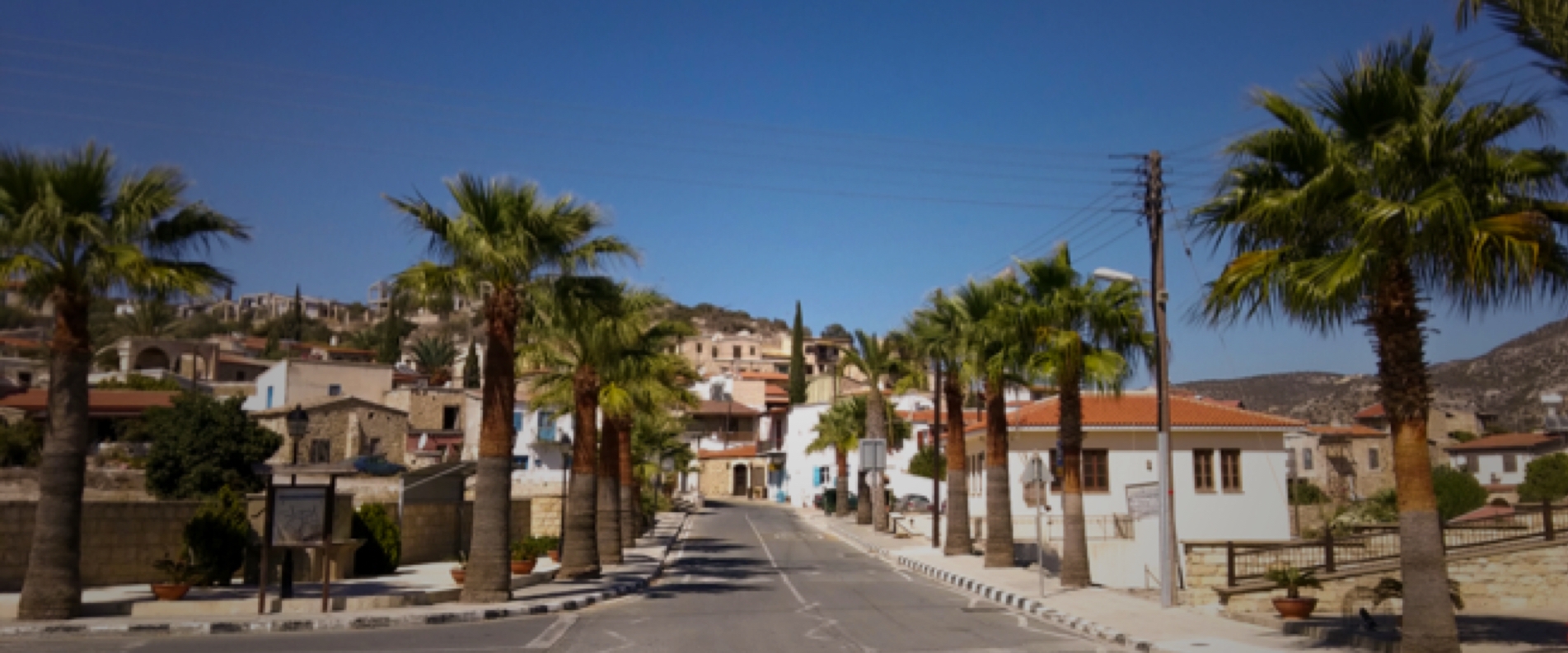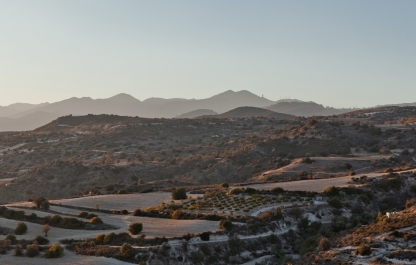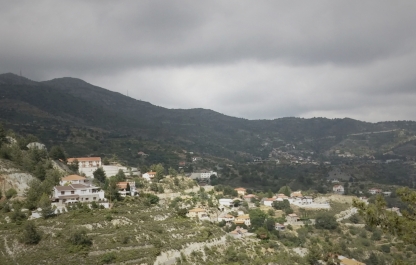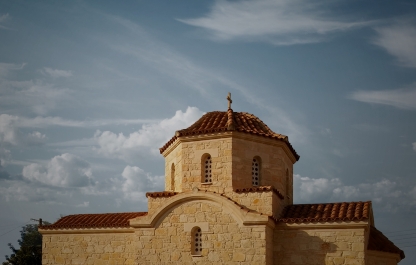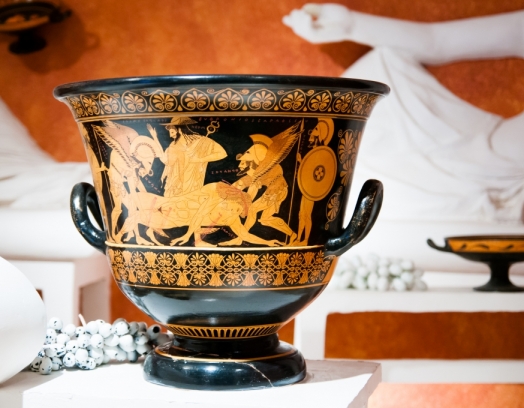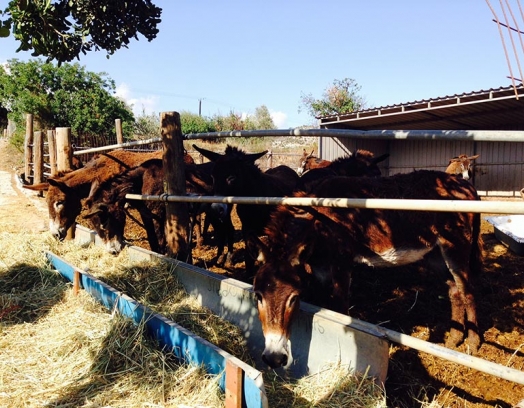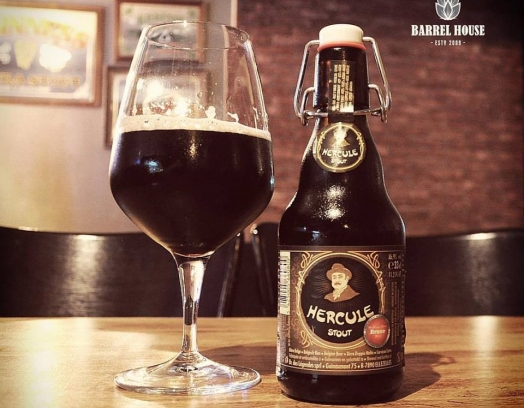Bet we intrigued you, yes? Sure, it is not in vain that in Cyprus there are places and towns able to impress you with even their names or unexpected stories, usually hidden away from the “touristy” tourist… The small, charming village of Psematismenos is just one of them.
There is a fairly common misconception that, for example, the name of this picturesque, quiet, and very small (in comparison to its neighboring towns) little village of Ψεματισμένος is somehow connected to the Greek term «το ψέμα» (to lie).
So what is the “truth”? Where does this ancient settlement come from, and what is unique about it? You will find your answers by reading our article.
Situated in just a three-minute drive from the sea, and at an altitude of 108-112 meters above sea level, surrounded by blooming gardens, the village at first glance resembles a village of the past: it has retained its character and most original architecture. Moreover, seeing as tourist guides do not get tired of reminding us, Psematismenos is located right in the middle of three main Cyprus destinations: Larnaca, Limassol, and Nicosia.
Population: just over 250 people.
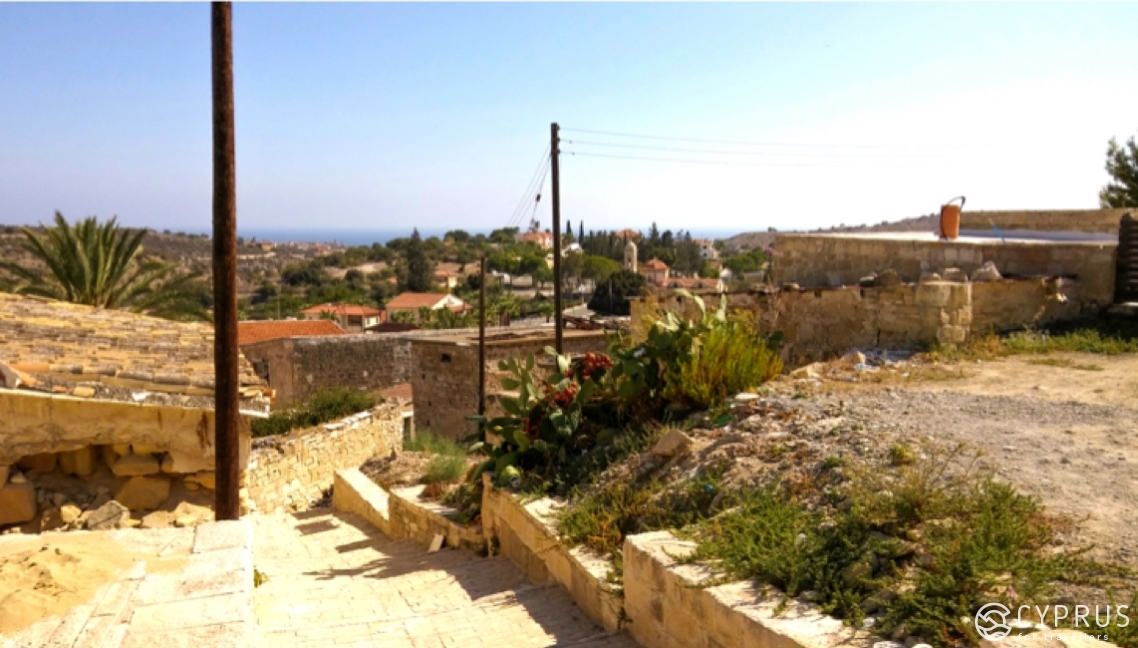
Alright, so the region on which the present village stands, stretching along the left bank of the Maroni River, has been inhabited since prehistoric times, as can be evidenced by archaeological findings. And the village itself, according to official figures, was founded in the 15th Century. It then belonged (as a feud) to the Venetian Signor Mario Skvarshalupi.
Moreover, there are assumptions about the earlier origins of the village. In addition, several ancient manor buildings which have survived until the present day have, according to one local elder, been inhabited in the village since the Frankokratian era (1191-1489), having preceded the Venetians. Isn’t that amazing?
Now, about the title: One of the well-known versions says that it came from the name of the local territories on which gypsum was mined for a long time.
Namely: initially the name was most likely Gipsomatizmenos (in Greek Γυψοματισμενος), which means “gypsum deposit”. Another version tells the inclusions of the Turkish language, later translated into Greek: the borrowed word “yalancikoy” means “lying village” or “ψεφτοχωρι”!
It is believed that the village was named so vindictively, along with all of its inhabitants, by one Turkish governor (during the era of Ottoman rule on the island).
Why, you ask? The legend tells the following: the ruler once asked the villages where his tax collector was. His tax collector has been the first to arrive in the village, but had not returned and no one had seen him again…
Apparently, the official did not get a true answer then.
It is worth mentioning that some local historians, as well as world historians, are of the opinion that in the old days the villaged was called Agia Marina, in honor of the Holy Patron Saint, and only later received its modern name, Psematismenos.
By the way, the main temple of the village — one of the most interesting sites — is also dedicated to St. Marina and dates back to the 16th Century (c. 1458).
Later, in 1886, it was almost completely rebuilt, with the exception of the altar, where earlier 16th-Century frescoes have been preserved.
The church altar remains almost the same as it was back in 1850.
In general, the temple of Agia Marina in Psematismenos was declared an historical landmark, and a monument of culture. This happened some time ago within the Republic of Cyprus’s Department of Antiquities.
On the temple’s territory there is an old parish, or Sunday school (built in 1902). It has been closed for a very long time, since 1963, and most recently it was repaired and reopened in a new capacity, as the newly-named Archontarians at Agia Marina — a church shop that sells literature, religious icons, and various souvenirs.
Opposite the temple is a village board [1], a doctor’s office, and a post office.
Nearby, you may find an information kiosk with a map of the area. In the future, you will surely notice signs of interesting places recommended to visit. These signs are posted throughout the village and the general vicinity of the so-called “Routes of Western Larnaca”.
In the Psematismenos region, along one of the dirt roads can be found an ancient chapel, painted white. It was built around the same time as the Agia Marina, but a little older. The chapel’s name? Agios Andronikos and Agios Athanasias. Its age? 600 years old!
In addition the chapel, as we were informed, is another church under construction in the village — Agios Panagiotis.
In general, the architecture of Psematismenos deserves to be observed, preferably by wandering around along the streets and paths.
The community center is the most interesting: stone houses with wooden balconies and galleries, some of which were erected a very, very long time ago (back in Francokratic times, as we said above)…
Streets in the old part of the village are paved with the same type of stone as can be seen on many of the house walls there. We have seen a similar thing before, in a few villages not far off from Psematismenos: especially in the more rural areas of the White Mountains or the Lefka Ori region — in Lefkara, Vavla, Kato Drys, and others.
Locals will be happy to show you their park: a natural grove southwest of the “old” village (and one minute by car or seven minutes on foot from St. Marina), lovingly supported with the assistance and care of the town’s administration.
Here you can still see a family of several dozen very old olive trees (they are called francolives or φραγκοελιές) — also preserved from the Fracokratic times.
Today, in this cozy and well-equipped park at the foot of a high hill, where you can find old carob and young fig trees, one is open to take part in not only entertaining, but educational events. In addition, villagers of different ages like to arrange family picnics and gatherings with friends here.
While we were walking around there, doing our best to flee the September 30-degree heat, we discovered that some fig trees managed to grow directly from the trunks of the ancient olive trees. So, as it turns out, ancestors (albeit of a different kind) have managed to get tired of their longevity and eventually withered, thus becoming the home for a new, green life.
In general, with regard to the holidays [2], please note: the main rural holiday is St. Marina’s day (celebrated annually on July 16-17 during the local “Marinia” festival, or in Greek φεστιβάλ Μαρινεια).
During the days of celebration, music is played, people dance, and enjoy traditional dishes.
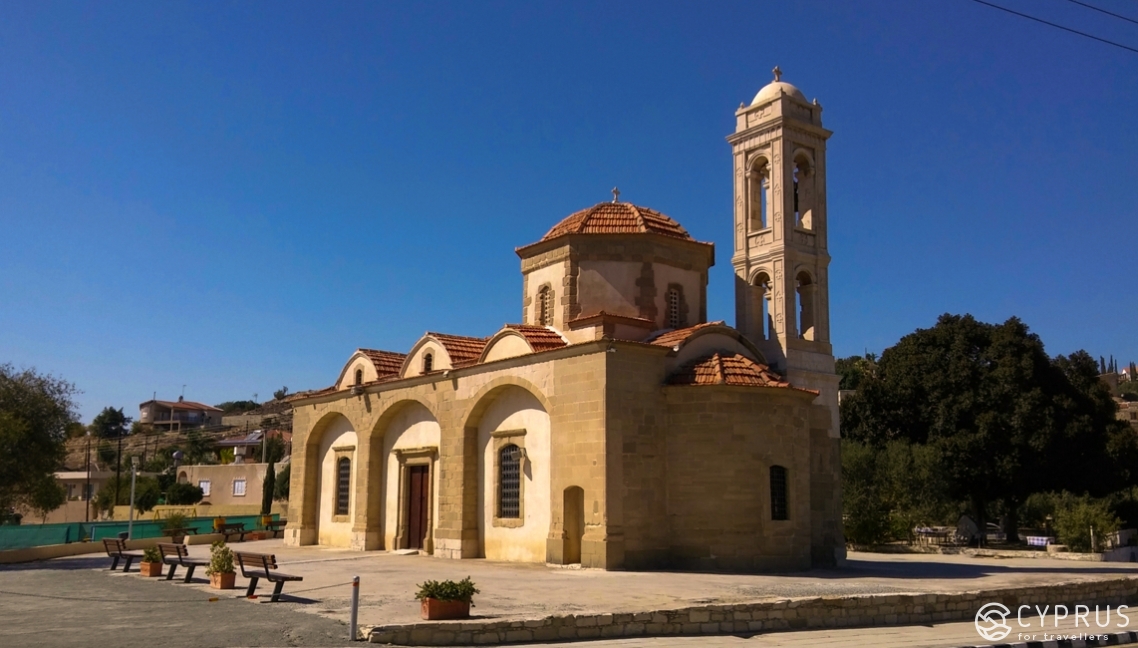
As you already understand, in the vicinity of Psematismenos, the population has long been widely cultivating not only olive trees. Carob is also grown here, citrus fruits are cultivated mainly in the valley, with an advantageous water supply for irrigation. Grains are also grown.
One remarkable nuance is vividly evident in the cultivation of olives: while walked around the village, you will often notice how many different millstone wheels from limestone and shell rock are used to grind raw materials in oil-extracting mills. They are literally everywhere.
Modern villagers have adapted to use them in various spheres of their lives: either as a reminder of the days of the departed and an authentic element of décor (this can be easily seen in the garden of the café-tavern “Village”, which is near the temple), or (and this is what is most likely happening today with the majority) these wheels are excised of their central parts and massive “stone discs” become original pots and pots for gardening vegetables. According to rural tradition, they are customarily not only planted densely in internal gardens and shady patios, but also to tightly set up their porch at the main entrance to your house, to decorate the ledges of the walls, balconies, and even (simply put) set up in bulk along the narrow winding pedestrian streets and highways between the houses.
You might notice: in rural areas in Cyprus, on principle, any container or object can be cleverly adapted to become, sooner or later…a flower pot (it’s funny because it’s true).
Those who have visited Cyprus’s villages know this to be the truth!
Due to the fact that at this time of the year in some old gardens, tall and mighty palm trees are simply busting with ripened, sweet dates, long clusters of which hang over yards and stone fences, it can be assumed that this delicacy also often appears in the local diet.
Among the indigenous people, foreigners also live here today: as the villagers told us, about 50 people.
Where To Stay and What To Do
You can always stay in Psematismenos in one of several traditional houses in the center of the village:
- or by choosing a villa through the company “Santa Marina Villas & Cottages (+357) 22669484, www.santamarina.com.cy;
- or renting a place with suitable accommodation with local residents: Melissi House (+357) 24332998; Lavender House (+357) 22669484; Modus Vivendi Holidays (+357) 24333640, or their website www.modsvivendiholidays.com.cy; and others…
In addition, near the Psematismenos village (and in the vicinity of the Agios Fedoros village), on the coast, there is the now-popular Cyprus Glamping Park which, according to the founders, is “glamorous camping” (read about the nuances of budget holidays in Cyprus here). For Russians, this type of accommodation is somewhat like a modern cam site. The conditions will be familiar to those who, of course, have already been to them.
The price of rest in a small, but comfortable, wooden cottage surrounded by trees and flowers against a seaside backdrop: 50-60 euros.
Phone: (+357) 99544514,
Website: www.cyprusglamping.com.cy
Email: info@cyprusglamping.com.cy

What should you do if you decide to spend at least a few days in Psematismenos or one of the nearby villages?
Believe me, there will be many “things” to do: for example, visiting another local attraction — the old quarry, in which the deposits of natural gypsum stone were mined and processed, from 1963 to 1995.
A trip to the Neolithic archaeological site of Tents or Hirokitiya (we will talk about this more in detail in one of the next articles [3]) await you, or a walk in the “post-apocalyptic” atmosphere in one of the surrounding abandoned mines.
In general, as a local you can enjoy the various joys of seasonal agritourism, take part in cycling and horse riding in the company (and under the supervision) of a pro.
Also for you: swimming in the sea and relaxing on the amazing Governor’s beach.
Awaiting all you early birds out there are sea trips on fishing schooners, yoga classes, and excursions to remote places on the island.
Psematismenos also has its own sports center and public pools.
In the evenings, you can enjoy not only meze or freshly-caught fish, and other gifts of the deep sea, specially prepared for you in coastal restaurants and taverns (those that can be found in Maroni and Zygi are especially popular), but also become a member of one of the many festivals or other ancient village holidays throughout the year (for more details see here and here).
And this is the page of the village community Psematismenos on Facebook.
On the F115 highway in the center, there are two small municipal parking lots. There is also one more spacious parking lot behind the Agia Marina Temple.
If necessary, you can take a taxi in Psematismenos: Agrotiko, tel.: (+357) 99 676460, (+357) 99 942082.
Famous People in Psematismenos
Of the people well known to the local population, and to who come to visit their native land, there is the famous avant-garde artist and real woman-of-this-era in modern European art, Sylvia Woodcock-Clark [4], who is famous both in Cyprus and in Europe and the Middle East, and who lived in Cyprus from 1988 to 2015.
A few years ago, more specifically in May of 2014, I was lucky enough to meet her personally, during my first trip to Psematismenos. I was also fortunate enough to take part in a group in her truly incredibly workshop.
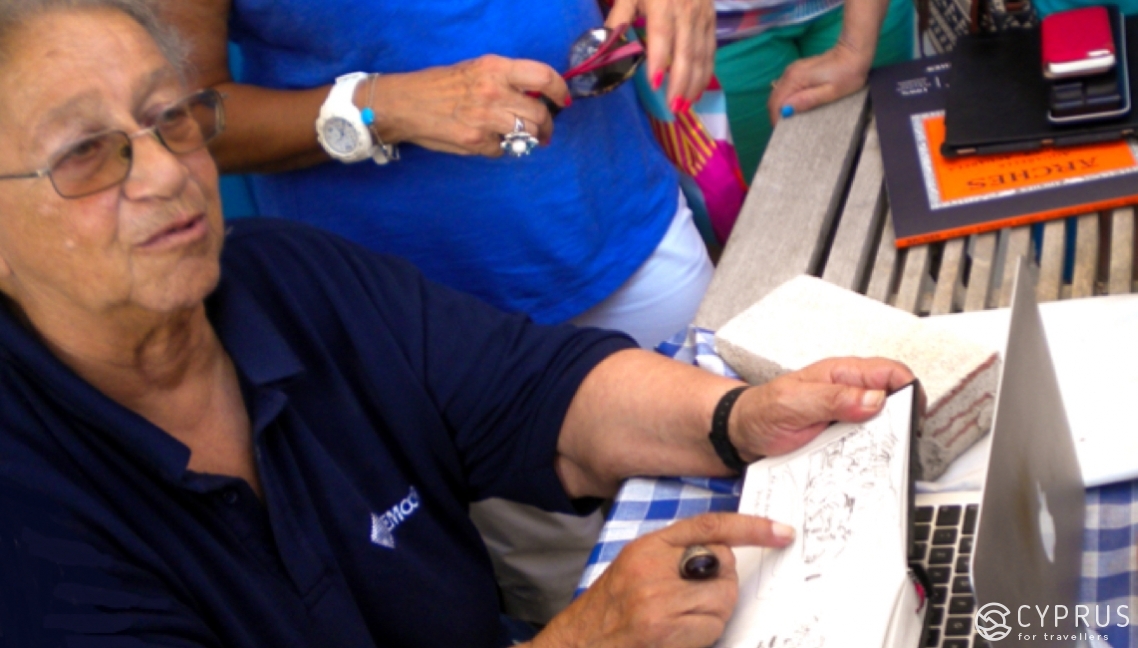
You know, it is worth at least touching upon Sylvia’s life and her spiritually rebellious art, even if it is just “in the framework” of this article.
A Scottish woman and native of London (born in 1934), for whom Cyprus became a second home, she studied the art of lithography at the Camberwell College of Art. She had been accepted thanks to her expressive drawings in her early years.
From that moment up to this day, she became addicted, and remains faithful to, her numerous (and already famous album of) impressions diaries. However, no matter where or in what country she found herself in the following years, she was always pushed by the framework of outdated prohibitions and stereotypes prevailing in society…
Well, having moved to Cyprus in 1988, she was very fond of the traditions and holidays of the Cypriots. She often spoke about this in interviews.
Sylvia Woodcock-Clark did not stop, even at a fairly respectable age, delighting others with the extraordinary nature of her work and lifestyle.
Yes, she is a deep and very prolific painter and graphic artist (illustrator) who is sure that art is not always obligated to be serious and, therefore, static.
Those who have ever spoken with her do not cease to be amazed at her incredible visual memory, worldly observation, and keen mind.
For example, while visiting the artist with a group of like-minded artists, we asked her to show us how she works: all the rooms of her then-cozy house were turned into an art workshop. Her works were everywhere: lain in rolls or standing in piles on cabinets and racks, stretched out on cardboard. This artists’ mess, along with the oriental interior elements, brought from trips to the Middle East, created that rare atmosphere of continuous creative flow, which is so necessary not only for an artists, but for any creative person.
And yes, her famous sketch albums were there as well. Every interesting moment, it seems, was captured in them, with that emotion and character that had flashed by, leaving a fleeting (but strong) mark in the artist’s memory, given it would never return.
All this was made subsequently apparent in numerous canvases and cardboards which, on that day, we had the opportunity to examine and hear Sylvia’s comments, full of self-irony, on each of them.
That’s exactly what it was: touching and curious, sometimes anecdotal, it would seem, everyday situations (a father with his children at the zoo, hookah smokers minding their business, a young visitor to a café, circus artists performing, enthusiastic cricket players, and many others) that had, at the same time, the ability to grasp the elusive and immediately-changing nature. In my opinion, this is what characterizes the work of Ms. Woodcock-Clark.
But not all of this is accidental: for example, from a recent interview published in Scotland, I found out that “our” Sylvia is an avid fisherman. So these fantasies, passion for allegories, and a lively interest in moments that need to be “lured and hooked” are a big part of Sylvia’s life. This goes without saying.
Once she even said: “I have two passions in my life: painting and fishing. When I draw, I feel like a child…because a child loves the feeling of creativity…”
This feeling of pure joy and freshness of perception of all the bright colors in the world? That can’t be felt.
In addition to daily observations, and possibly due to them, in some way summoning archetypal images from the creator’s subconscious, we can observe fantastic worlds in the works of Sylvia Woodcock. Scenes from ancient Egyptian mythology or from the Indian Vedas…
They also embody numerous entertaining stories and tales of Ms. Sylvia’s own composition.
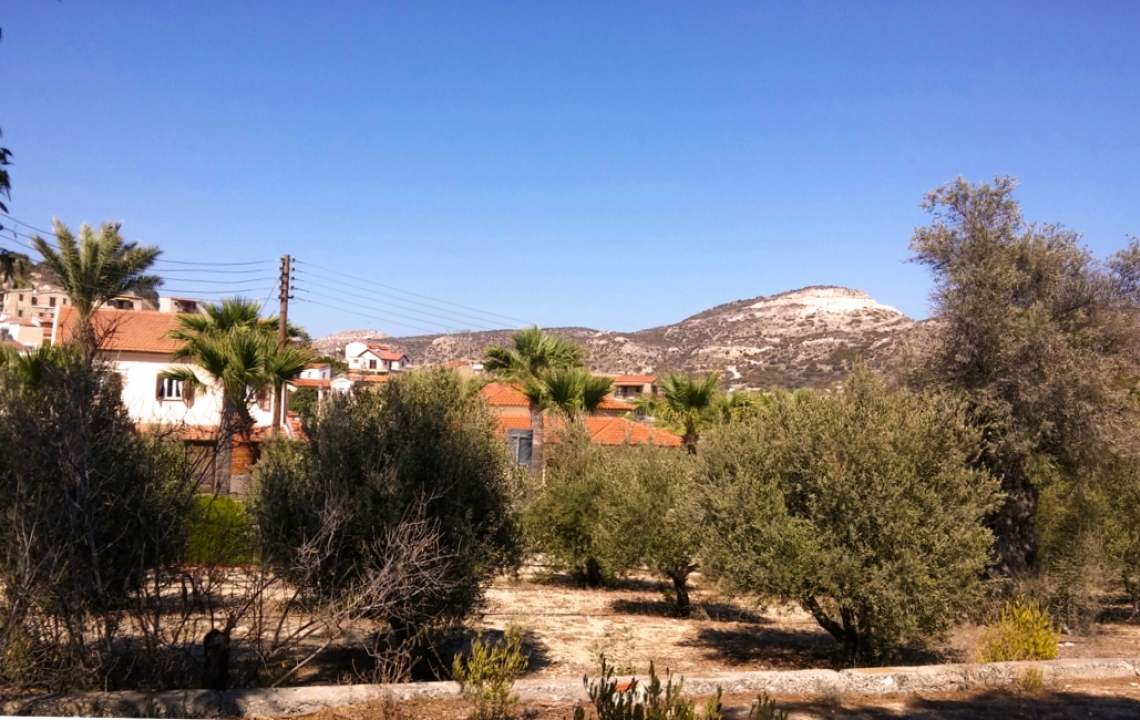
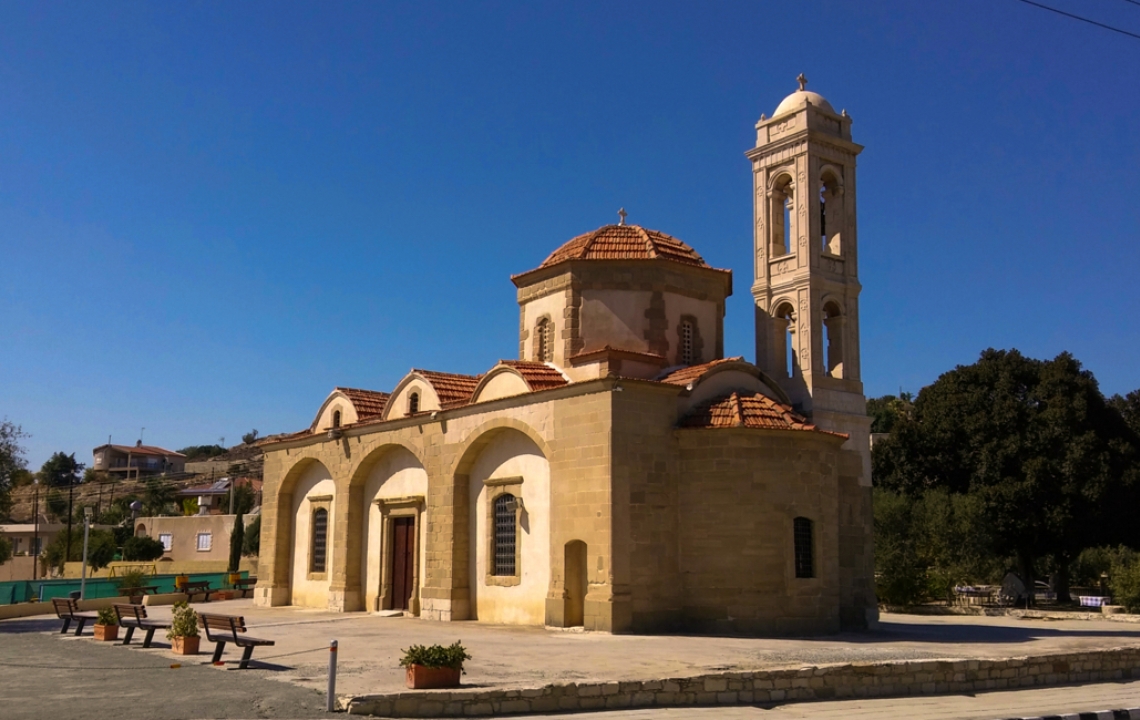
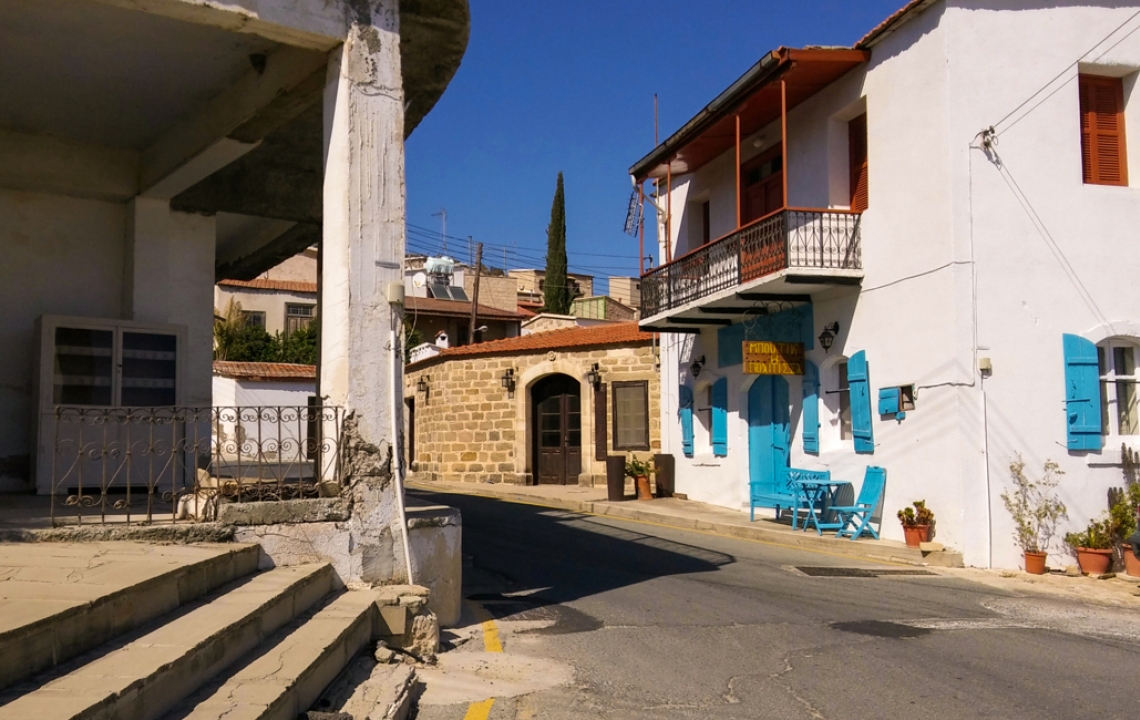
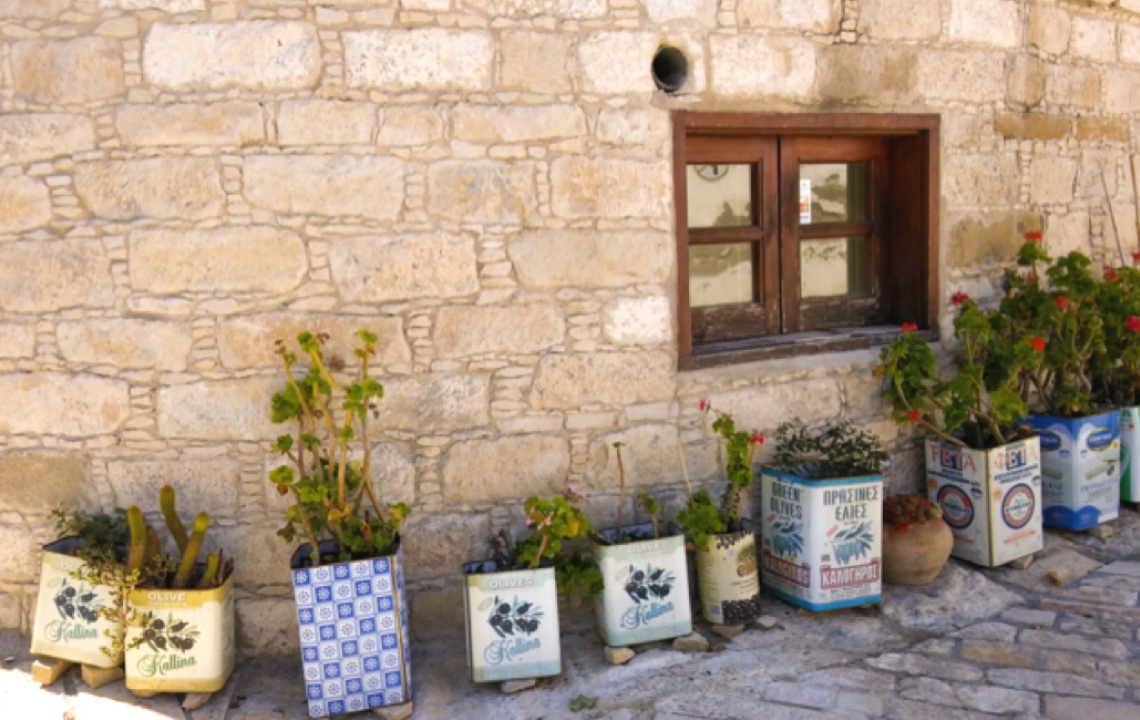
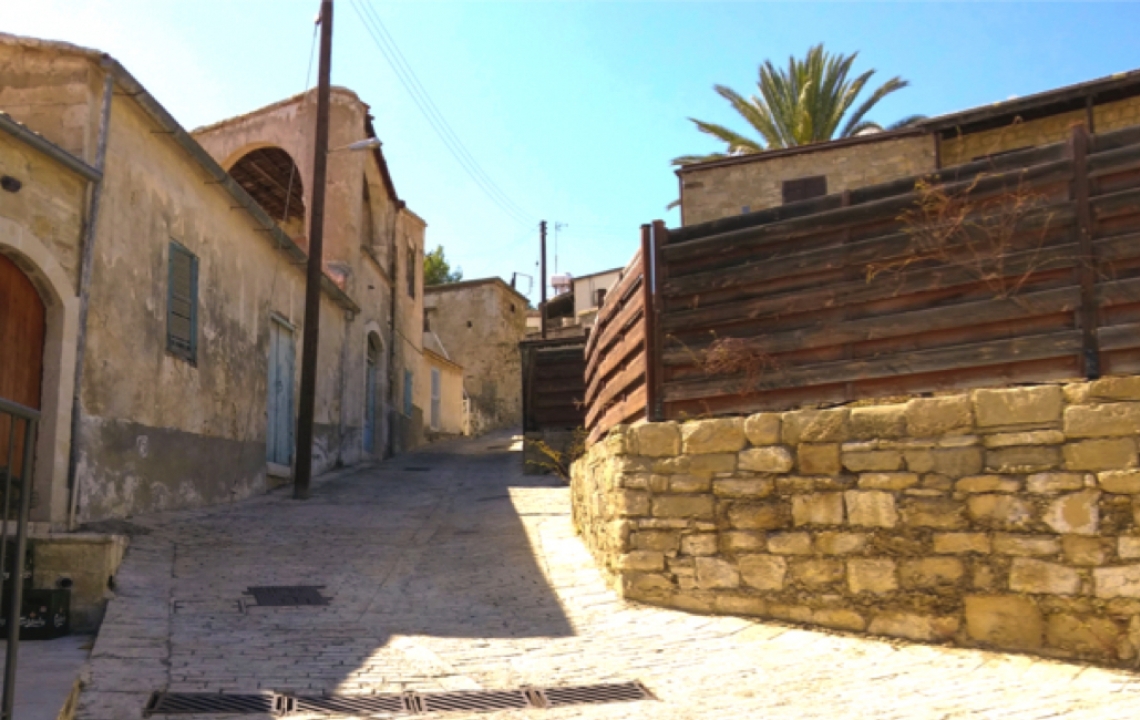
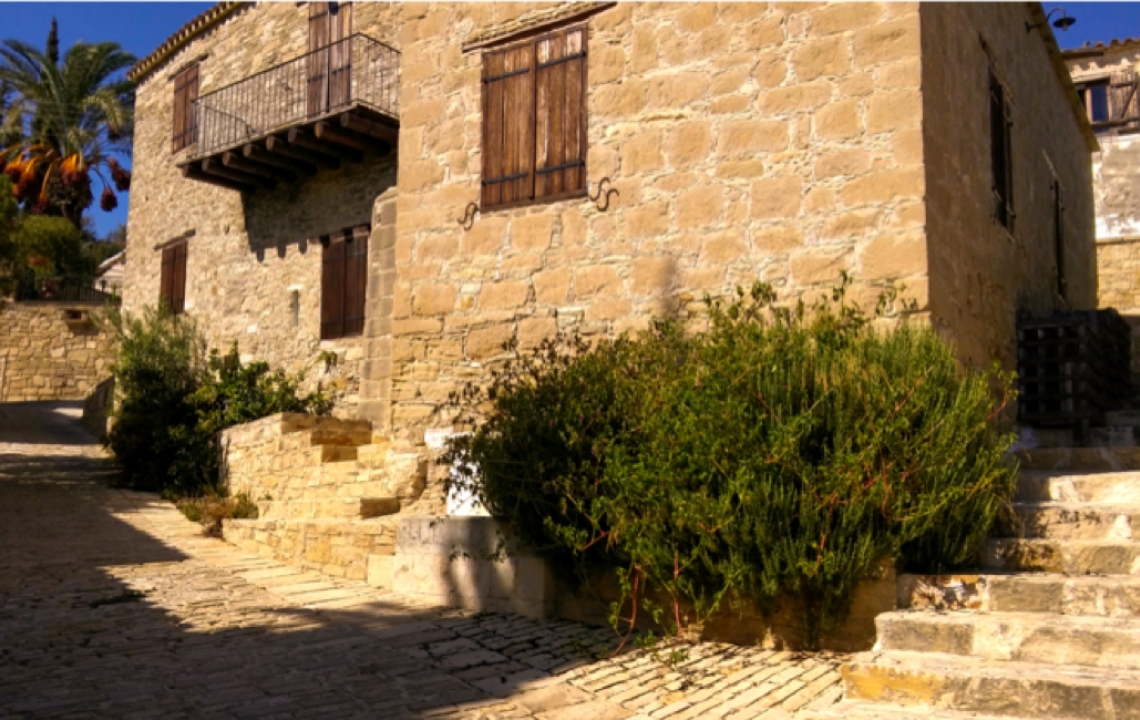
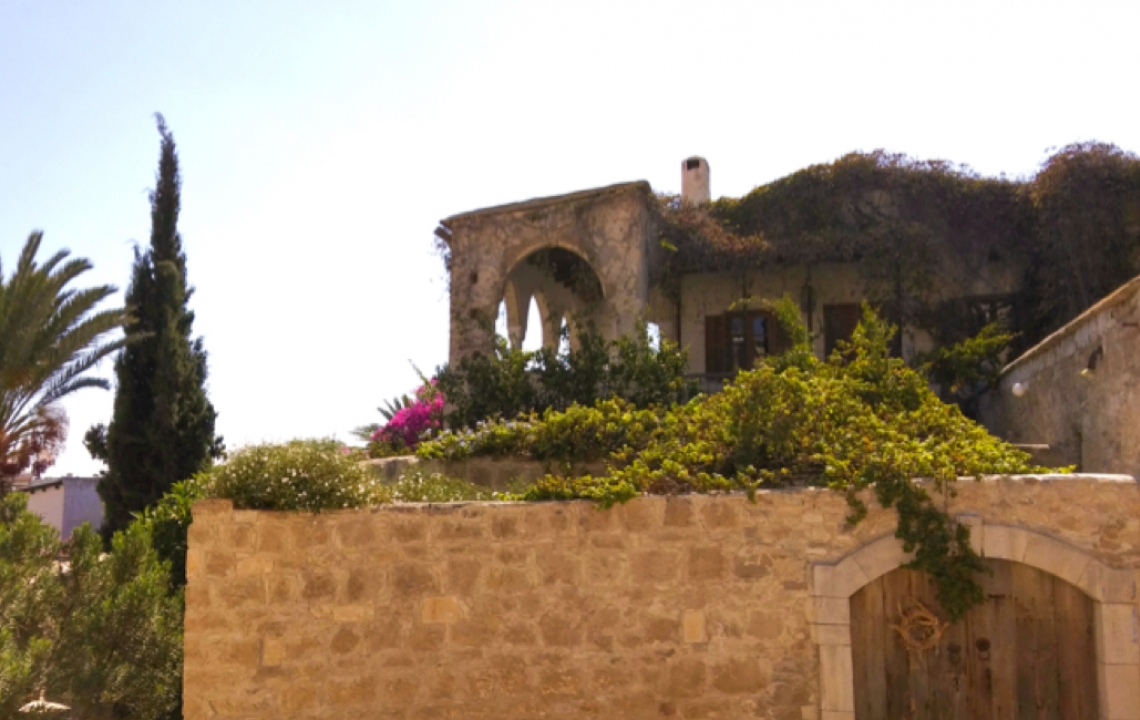
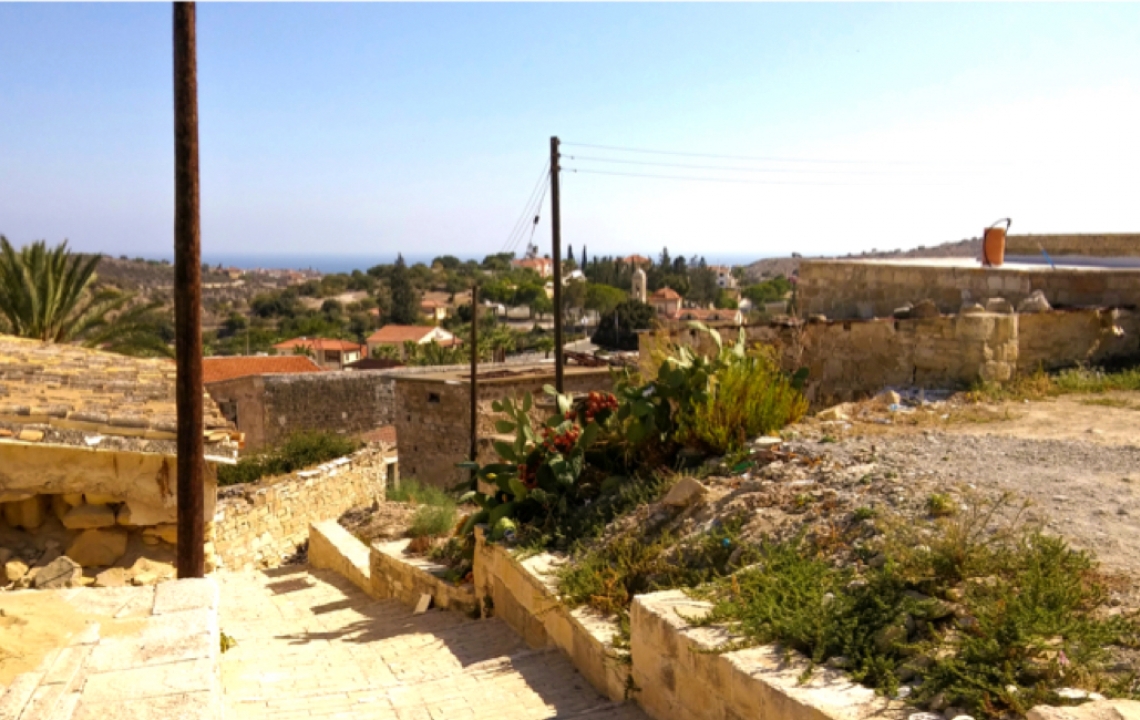
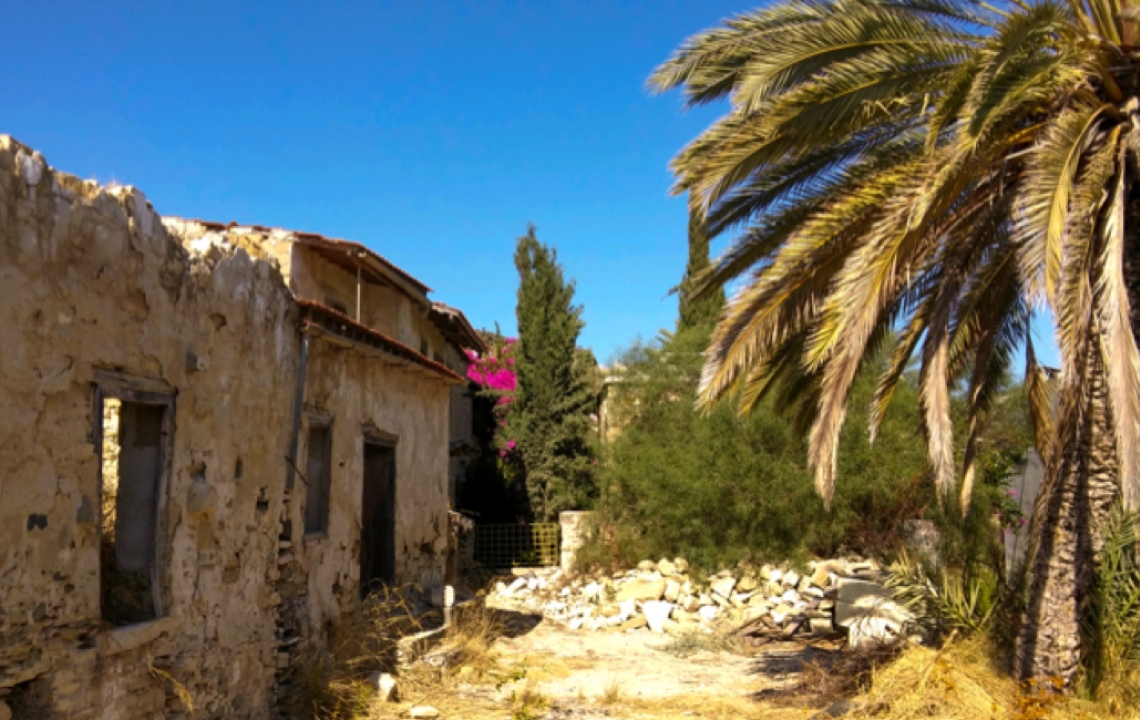
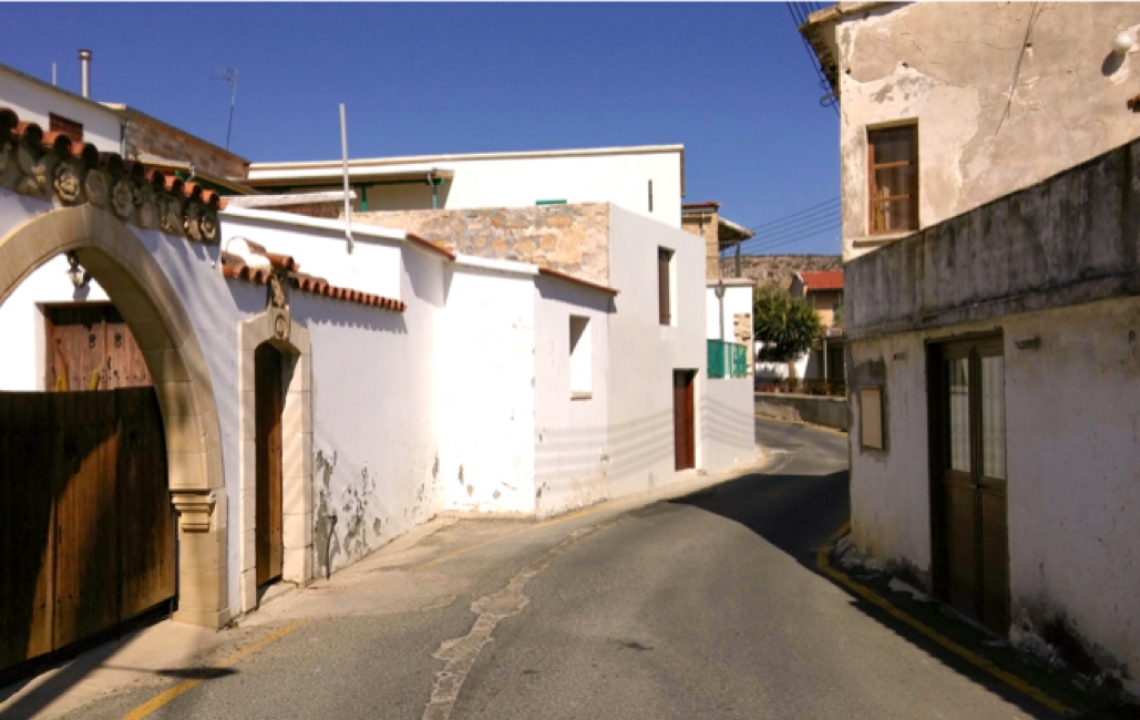
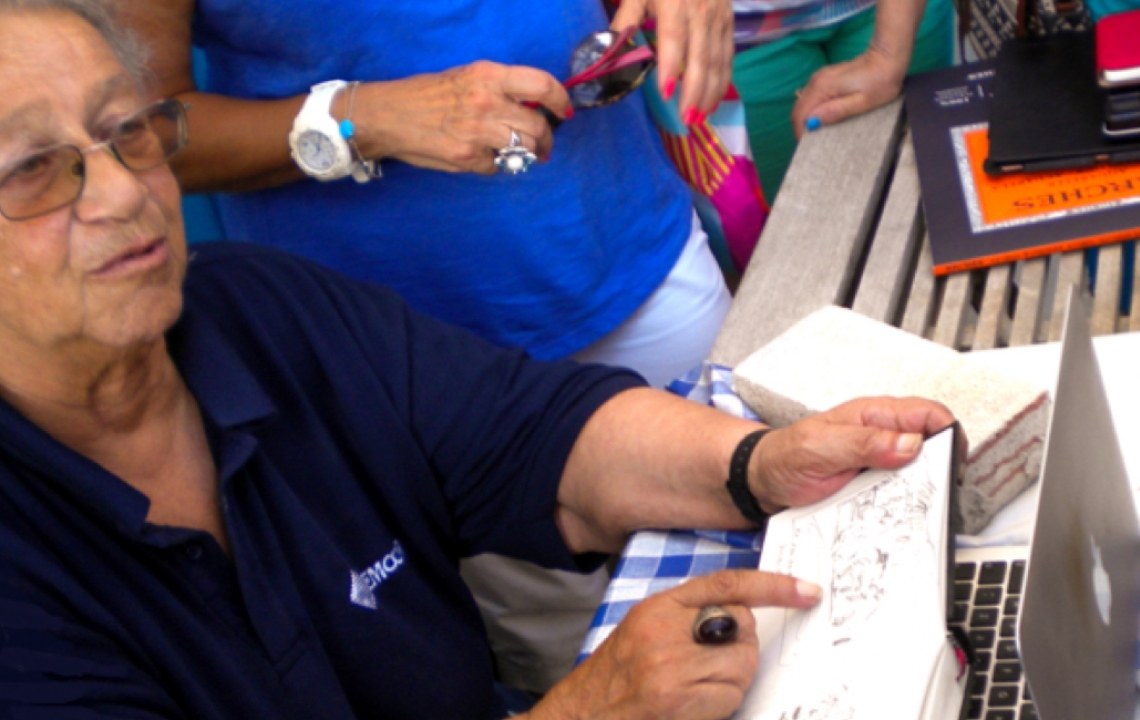
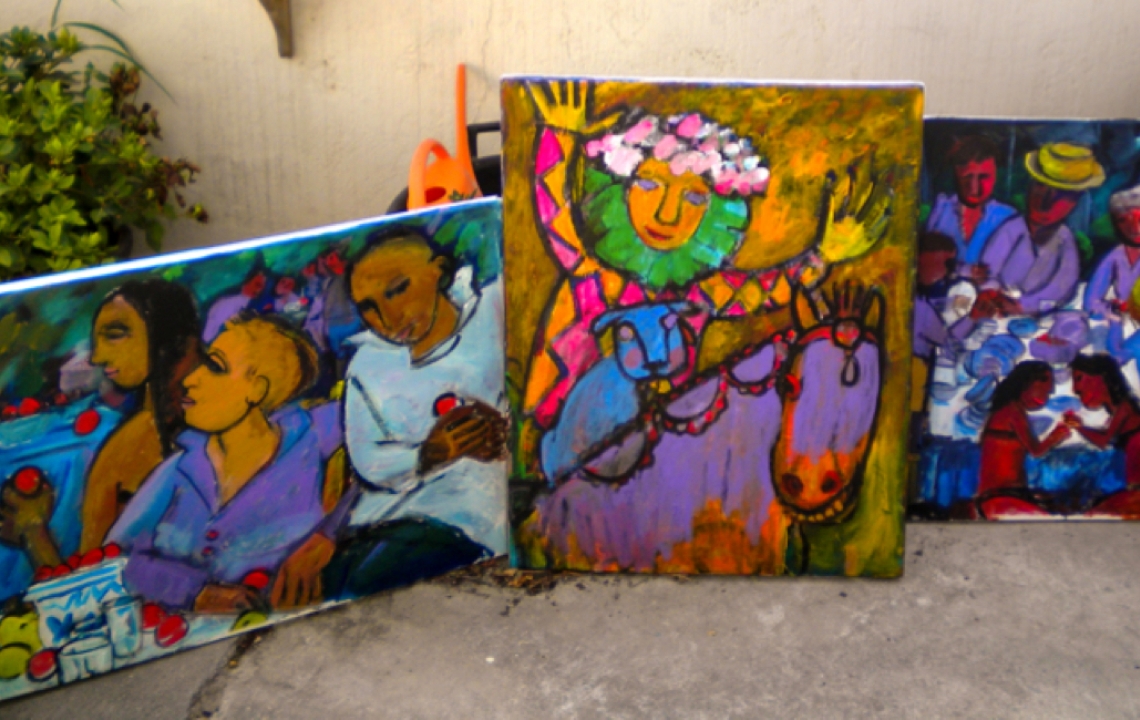
There you have it, the village of Psematismenos: one of the many ancient villages of the island, but at the same time home to its own unique history and life, woven from the threads of the destines of all who have ever lived there. They enriched its history and national memory, and continue to nourish them today.
How To Get There:
Psematismenos, located in the “Western” Larnaca region (31 km southwest of the city of Larnaca and 34 km from the international airport [5]), can be reached either from the same Larnaca via the A5 highway and then along A1 (Limassol-Nicosia; travel time: about half an hour).
And you can travel, admiring the view of the sea and driving through coastal villages, IF you choose the B4 highway (on which you will spend about 40 minutes).
If you leave from Limassol or Nicosia and move along A1, you need simply to follow the signs that direct you to the village (travel time: from Limassol — 27-30 minutes; from Nicosia — 40 minutes).
There is a very interesting place near the Psematismenos village, literally across the road (or, rather, on the other side of the Nicosia-Limassol Highway), where you should definitely visit and, if possible, even spend the whole day.
We will be sure to tell you about it next time!
We would like to express our sincere gratitude to the residents of Psematismenos, in particular — Rafael, who provided significant assistance to our research.
And we wish them all in the village prosperity and sustained longevity!
See you later!
[1] As we were advised by local residents on various issues regarding what Psematismenos runs on today and so on, it is worth contacting the village head (I remember that in Cypriot villages this person traditionally occupies the position of the so-called “Mukhtar”), Christoduoulos, or the parish priest of Agia Marina, Father Petros.
[2] In the village, as well as everywhere on the island, Christmas and Easter are also celebrated, as they are beloved by all Greek Cypriots. Folk games are played on Easter Monday and a colorful celebration takes place on Christmas Eve.
[3] See Kalavasos and surroundings (new article).
[4] Today, the artist once again is living in Scotland (Helmsdale) and, as it became known recently, is unlikely to ever return to Cyprus due to her heatlh.
Some of her works are now in the same place, after the exhibition in April 2018 at the Dunbeath Heritage Museum.
Read more about her new “Scottish” period here.

